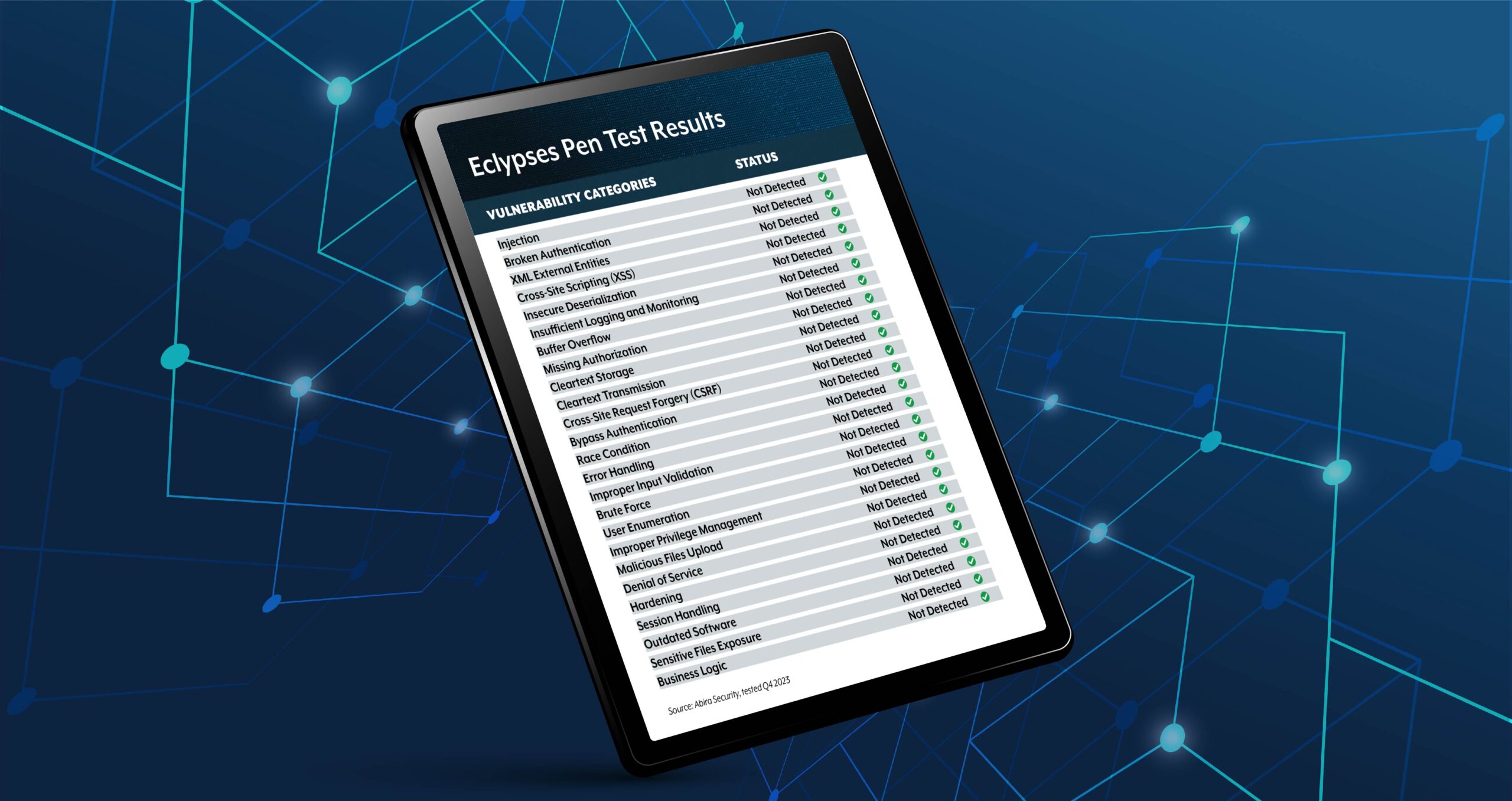
When implementing cybersecurity, it’s crucial to create a strategy that protects everything from your personal information to the systems that run your business. However, a comprehensive cybersecurity plan involves multiple products or architecture types to protect you. You must deploy many security tools with overlapping capabilities.
Two components of cybersecurity’s fundamental pillars include network and endpoint security. Each tool focuses on safeguarding data, users and assets from cyber-attacks. Together, they form an in-depth defense program — and businesses need to understand each element to create a strong barrier against cyber criminals.
What Is Network Security?
Network security focuses on protecting the network and the data that flows through it, keeping it safe from unauthorized access, attacks and breaches. This aspect of cybersecurity leverages several strategies and tools to safeguard an IT infrastructure and ensure the data traveling across the network remains confidential and intact to authorized users. The commonly used tools include:
- The use of firewalls to block unauthorized access and prevent attacks
- Intrusion detection systems (IDS) to monitor for suspicious activity
- Virtual private network (VPN) encryption to protect data as it moves
- Zero trust security requires every device and user inside and outside the network to verify their accounts for authentication when attempting to access it By implementing these and other protective measures, organizations can defend against the threats targeting their networks. As such, they ensure their operations and sensitive information are secure.
What Is Endpoint Security?
Endpoint security protects the devices that connect to a network, including computers, smartphones and tablets. Devices — known as endpoints — can be gateways for cybercriminals to enter a network and access sensitive data. Endpoint security is important for any business, but it has become increasingly essential due to the rise of BYOD programs, which create additional and potentially less secure endpoints.
Endpoint security solutions include antivirus software, EDR (endpoint detection and response) systems and MDM (mobile device management) policies. These tools help identify, block and respond to malicious activities on devices.
Why Network and Endpoint Security Are Both Important
Network and endpoint security may be beneficial, but deploying both is essential for comprehensive cybersecurity protection. Using both forms of security allows companies to create a multi-layered defense strategy that further reduces the risk of cyber threats. Combining both is critical for two primary reasons:
- Layered defense: Organizations can establish multiple layers of defense, making it more difficult for cybercriminals to penetrate their digital environment. This layered approach ensures that if one security measure fails, others are in place to thwart the attack.
- Comprehensive coverage: Network security provides a broad shield against threats moving across the network, while endpoint offers a granular level of protection. Together, they ensure no aspect of a business’s digital presence is left vulnerable. Incorporating each into a cyber threat intelligence plan will further boost a company’s defense mechanism, enabling it to prepare for anything that comes its way.
The Similarities Between Network and Endpoint Security
Network and endpoint security can protect enterprises from digital threats. Despite their different focus areas, they share several key similarities:
- Both aim to safeguard sensitive data and IT assets from cyber threats.
- They employ preventive measures to ward off unauthorized access, malware and other cyber threats.
- Network and endpoint security requires continuous monitoring and updating to address new vulnerabilities and threats.
- They work best when implemented together to provide a layered defense against cyber attacks.
The Differences Between Network and Endpoint Security
Network and endpoint security share the goal of safeguarding against cyber threats. However, they have several distinct differences that highlight their roles within a cybersecurity framework:
- Focus area: Network security protects data as it travels across networks, whereas endpoint security focuses on protecting the devices that connect to the network.
- Threat types: Network security primarily protects against threats that traverse the network, such as hacking and DDoS (distributed denial-of-service) attacks. Endpoint security deals with threats targeted at devices, such as malware, phishing and ransom.
- Implementation: Endpoint security requires installing software on each device and managing device-level policies. Meanwhile, network security involves securing infrastructure through firewalls, VPNs and IDS.
- Management approach: You can manage network security centrally, focusing on protecting the network perimeter. Endpoint security requires a more distributed approach, managing and safeguarding devices individuals use inside and outside the physical business location.
Network Security vs. Endpoint Security in Safeguarding Data
Data breach costs are rising. In fact, they’ve increased by 15% within the last three years, totaling $4.45 million for each incident. To prevent this costly issue in the future, you must use network and endpoint security because they complement each other in protecting data when it’s at rest, in use, and in transit.
When data is in transit, network security measures are paramount. Encryption protocols such as SSL/TLS for internet traffic ensure data moving across networks is unreadable to unauthorized parties. For data at rest, network security tools like NAC (network access controls) limit who can see data based on user credentials.
Additionally, an IDS monitors for unusual access patterns or attempts to breach stored data, providing an alert system to prevent data breaches. While network security doesn’t exactly protect data in use, it supports a secure environment by managing access to the network and monitoring for threats.
Endpoint security is also vital in safeguarding data in all states. It protects the devices that access and process data, whether stored in the device or sent to another device. Solutions like full disk encryption protect data at rest by making it unreadable without the correct encryption key.
About 32% of cyber incidents that involve data theft or leakage show cyber attackers prefer stealing and selling data. However, endpoint security tools can monitor and control application activities to prevent unauthorized access or data leakage. Additionally, when data is in transit, it can enforce a secure, encrypted connection, preventing interception or tampering as the information moves.
Secure Your Digital Frontiers
Combining different forms of security like network and endpoint can increase the resiliency of your cybersecurity defense mechanisms. By integrating both, organizations can greatly prevent, detect and respond to cyber threats. As you fortify your digital assets, remember that a layered security strategy is your best defense. Prioritize and invest in both security measures to safeguard your company’s future.
Written by: Zac Amos, Contributor


